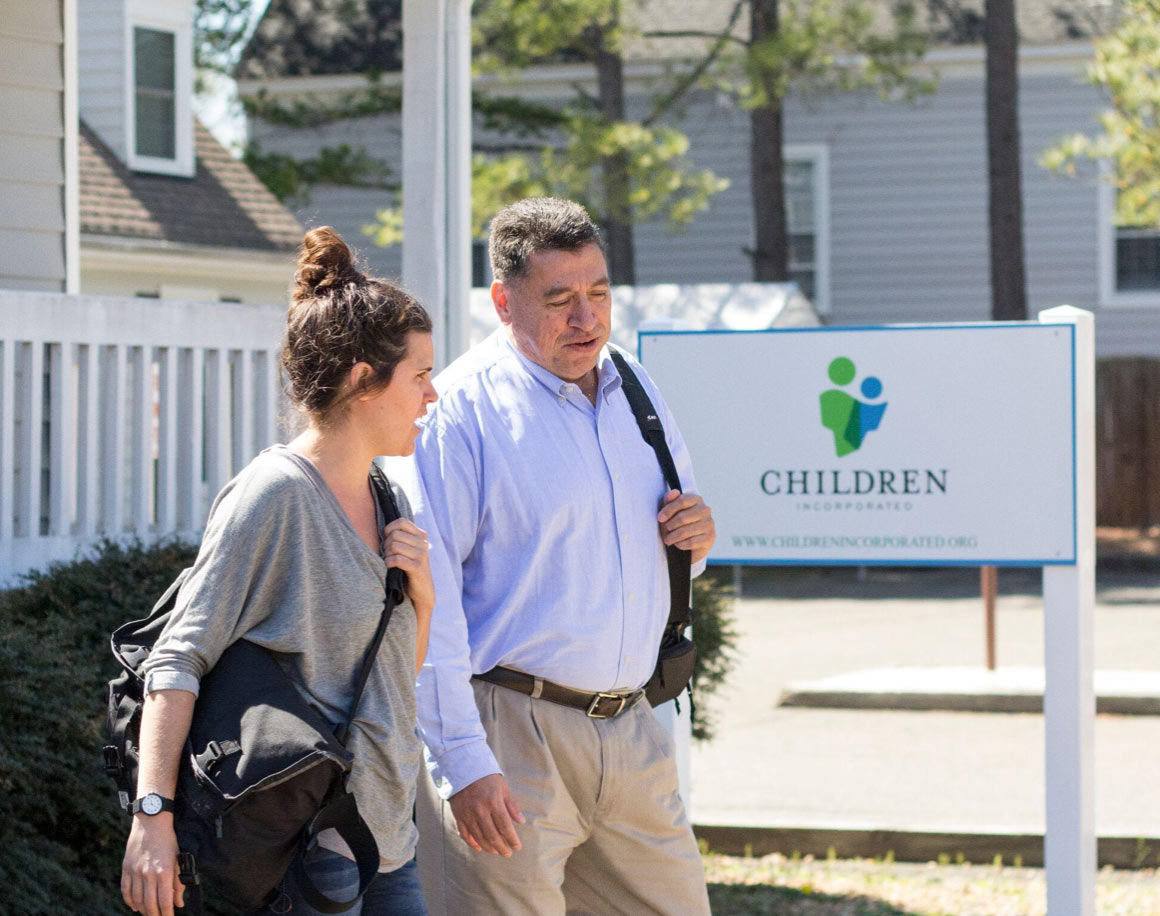
Child poverty is a complicated and overwhelming issue, to say the least, which is why it’s amazing to know that a small, but mighty staff in Richmond, Virginia has been able to help hundreds of thousands of children have a chance at a better life since it was founded in 1964.
Children Incorporated (CI) depends heavily on individual donations and sponsorships of roughly $30 a month to help a child receive the supplies, food and healthcare they need to get an education.
The charity steadily built lasting donor relationships through good, old-fashioned letter writing and other personal touches. Many have supported multiple children over the years and are vocal advocates, including the likes of famed country singer Roseanne Cash and the late Richard Carlson, author of Don’t Sweat the Small Stuff.
Unfortunately, thanks to a recession and the increasing age of many of its longtime sponsors, funding was starting to decrease at a rapid pace. Despite many attempts to promote its message of education, hope and opportunity, the nonprofit had become a “well kept secret.” According to a 2012 interview with the Richmond Times-Dispatch:
“The organization has been hurt by the slumping economy in recent years, forcing it to cut back on the number of children it helps, from about 15,000 in 2008 to 11,000 this year. The staff also has been reduced from almost 40 to 18.”
“We’d love to add more children, but we just honestly cannot afford huge amounts of advertising, and we’re not going to do that at the expense of children we serve,” Children Incorporated CEO Ron Carter said.
Recognizing the need for a change in approach to their fundraising strategy, Carter reached out to us in 2015.
We get calls from clients all the time who want to “get their message out there.” The general rationale makes sense:
“If more people knew about us, they would join the cause.”
But we live in a digital age where like-minded people trade stories and build community online. So why rely on tradition media relations alone? Modern communications is integrated. Your stories can reach people across multiple channels.
Children Incorporated sponsors were used to the charity’s personal touch, but there are limitations to the number of phone calls and letter-writing a 14 person staff can handle. It needed a new fundraising strategy that would engage its donor/sponsor base while attracting new folks to sign up.
How could Children Incorporated show their impact to sponsors in a way that could attract more?
Take ‘em On the Road.
On the Road: A Media Publication
We challenged the client to begin thinking of themselves as a media network and their blog, their prime-time show. If Children Incorporated was PBS, then On the Road was their Frontline.
For it to work, stories couldn’t be marketing fluff. We needed to take readers along (virtually) for an up-close-and-personal perspective on the impact sponsorship makes in some of the poorest places in the world.
On the Road started as a blog series covering site visits in real time. We positioned the development manager as the “social media correspondent” and set the scene with supporting facts and statistics to orient the reader. Prepared with a shot list and interview questions, the development manager would send email updates and i-phone snaps from her site visits, and we produced blog posts that captured a first-hand account of the experience.
We later expanded beats to include other voices and formats:
On the Road launched in March 2016 and published 41 stories that year. It is posted weekly, but Children Incorporated also produces a “best of” edition in print that is mailed to sponsors twice annually.
Shot on an i-phone
Video is hands down the most influential format for stories, and since our social correspondent was taking photos anyway, we outlined a plan for that, too.
All but two of the 9 videos we produced for Children Incorporated was originally shot on an i-phone. We added video to the shot list, a lot of sweeping scenes to give the viewer a “slice of life” and snippets of context from the visit. When the development manager returned from her trip, we interviewed her in a small studio and created a 1-2 minute video of pulling the highlights for use as the narrative over an edited video montage. Thanks to Photoelectric for editing and producing these with motion graphics.
If you want your story to be everywhere, produce informative, entertaining, useful content that can be communicated over multiple channels and follow these simple rules:
Rule #1 Write for your audience.
Extensive online research, interviews with the team, and an audit of social media and Google analytics insights guided our editorial decisions from the start. These stories we wrote answered commonly asked questions about child sponsorship and catered to readers who are interested in children’s causes, poverty, education and travel.
So, when prospective sponsors – and journalists – start researching these topics online, CI was more likely to be found.
Rule #2 Leverage your creative assets.
The vibrant footage and images from On the Road provided an incredibly robust library of visual content that we could use to garner media coverage, build community and engage new audiences online. We used these to pitch stories to journalists, create an e-news following (as well as a print publication), and connect with fans on Instagram and Facebook.
Rule #3 Go digital.
Because almost all of our marketing was digital, we were able to monitor engagement on our website, social channels and email and make adjustments along the way. Evaluating which pieces of content were most popular gave us the direction we needed to refine our editorial and more.

Children Incorporated’s On the Road program transformed the organization into a media hub and revitalized its brand and fundraising program. In its first year, the organization saw:
804-424-1475 | 1657 W. Broad Street, Richmond, VA 23220 | hello@vanceagency.com